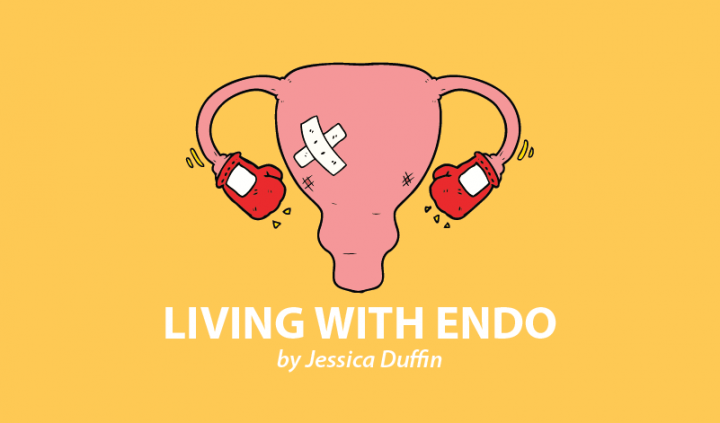I recently attended my third physiotherapy appointment. I’m astonished by the difference in my pain levels, comfort, and overall well-being since my first session.
I’ve seen progress in the following areas:
Bladder frequency
My bladder frequency has reduced so dramatically that I almost feel like a different person. Previously, my bladder dictated much of my day and night — affecting my sleep, concentration, plans, and more. It was difficult to focus on work when my bladder never felt empty, and I had to get up every 15 minutes.
Now I can work for an hour or more straight without needing the toilet, and I only have to make two trips to the bathroom before bed instead of 10.
I think that this is partially due to a reduction in my water intake, and from the area around my bladder becoming more relaxed as a result of physiotherapy. I’ve noticed that even when I return to my previous 5 to 6 liters intake — it’s a daily challenge to reduce it — frequency is still nowhere near what it once was.
Bladder pain
Bladder pain was present every day and night, and now it hardly bothers me at all. It crept back slightly toward my period, but it was nothing compared to the previous level. My premenstrual phase was often sleepless because my bladder pain was severe at night during that week.
I’ve had horrendous bladder pain on mornings after drinking alcohol. I don’t indulge often — a few times a year at most, and one drink is usually enough for me. So, it’s disappointing to have such severe pain after consuming a moderate amount. However, I recently enjoyed a small glass of red wine, expecting consequences on the following day, but I woke up with a pelvis that felt light, comfortable, and pain-free.
Mobility progress
My mobility and flexibility have noticeably improved. I can take longer walks without my hips and pelvis seizing up from tension and pulling adhesions. I’m experiencing fluctuations with these symptoms, but changes are heading toward healing.
I struggle with the following:
Backache
In the past few weeks, I’ve begun to develop upper and middle back pain, which got progressively worse until my third physiotherapy session.
I suspected that the increased pain involved changes in my lower back. We’d been working to reduce the tension and scar tissue there, and I wondered if my upper body was beginning to shift as a result. My physio confirmed my suspicions. She believes that as the fascia — the connective tissue that surrounds every structure in the body — of my lower back becomes more flexible, it’s activating my upper fascia, resulting in “repositioning pains.” She did some work on releasing the tension in this area, and I’ve since had an 80 percent reduction in pain.
Painful sex
It doesn’t surprise me that I’m still struggling with this. I’ve had an internal examination, but we haven’t yet done any work with this area. My physiotherapist is first focusing on reducing adhesions and outer tension so that my entire pelvic area can relax. If you’ve gone for a run and stretched afterward, you will know that stretching can be painful and you have to endure some discomfort to relieve muscular tension. The pelvic floor is no different: My vagina is adjusting to the changes around it, resulting in increased tension in my vaginal canal — almost like vaginismus, but not as severe.
We should begin working on this in the next few sessions, and I’m eager to see changes.
Adhesion pain
In the days following my sessions, I’ve experienced pain around my scars that run in lines across my pelvis. Essentially, the pain is related to my adhesions beginning to break down and soften as a result of the work done. It’s uncomfortable, like a tugging when I walk or sit, but it usually goes away after a week and is a normal part of the process.
Overall, I’m thrilled with the progress I’ve made and surprised at how quickly I’ve seen a difference. I’m excited to move through the adjustment period and into the healing phase.
***
Note: Endometriosis News is strictly a news and information website about the disease. It does not provide medical advice, diagnosis, or treatment. This content is not intended to be a substitute for professional medical advice, diagnosis, or treatment. Always seek the advice of your physician or other qualified health provider with any questions you may have regarding a medical condition. Never disregard professional medical advice or delay in seeking it because of something you have read on this website. The opinions expressed in this column are not those of Endometriosis News or its parent company, BioNews Services, and are intended to spark discussion about issues pertaining to endometriosis.

